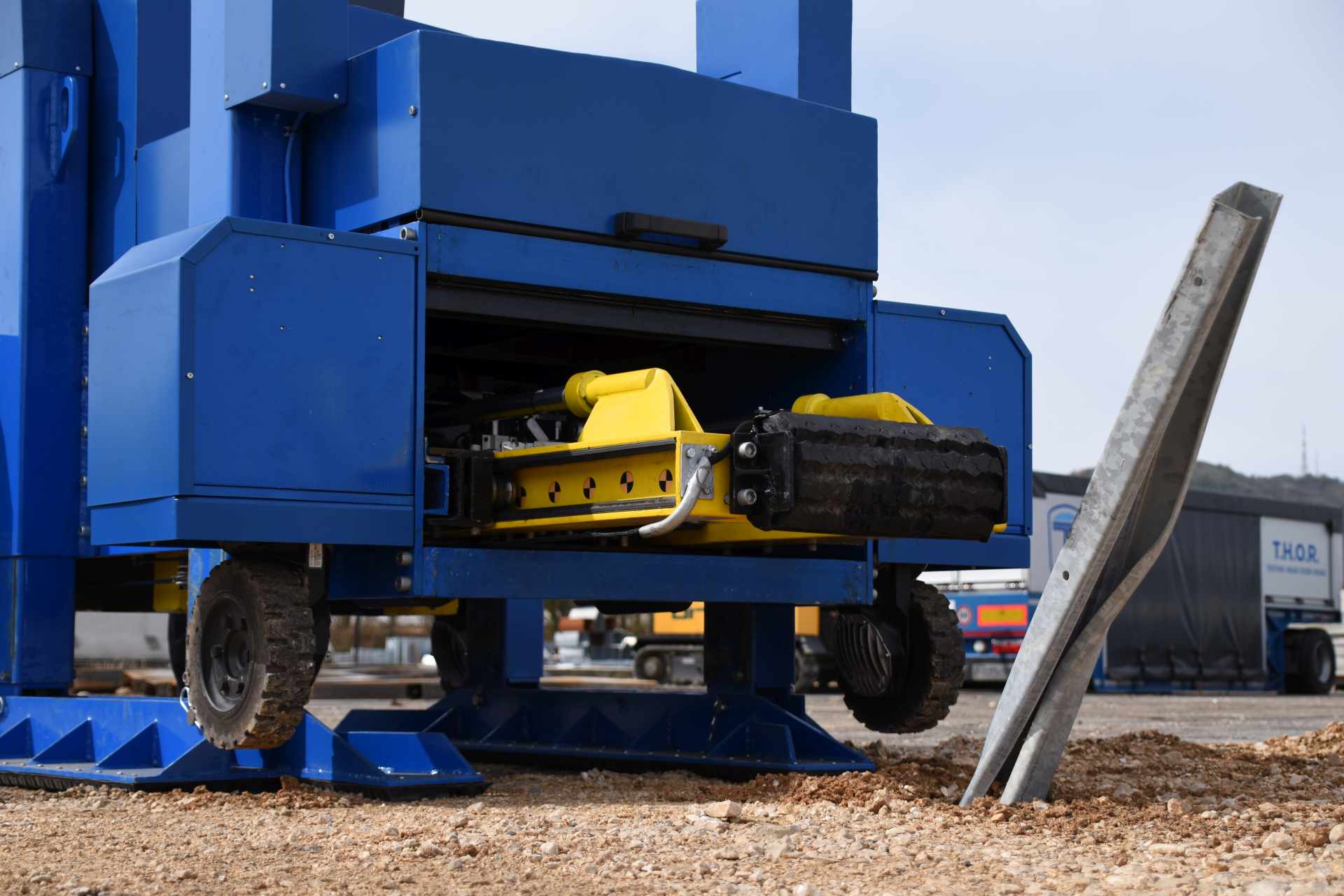Services / Dynamic tests on site
T.H.O.R.
Testing Head Over Road
The T.H.O.R. test system, was born in 2015, and originates from the need to test the correct installation of restraint systems on the carriageway, through dynamic impact tests.
T.H.O.R. tests the interaction between the barrier post and the ground in which the barrier is installed, to ensure proper operation and that, in the event of a vehicle spillage from the roadside, the system installed on-site behaves similarly to a full-scale crash test.
The evolution of T.H.O.R. led in 2020 to have an instrumentation that uses a pneumatic propulsion system and which has the following characteristics:
- even more compact,
- even more manageable,
- even more certain in the result,
- with an adjustable impact speed between 7m / and 14m / s,
- with an adjustable impact energy between 7Kj and 12 Kj.
Methodology
During the test phase, THOR is positioned at a certain distance from the post that needs to be tested. Based on preliminary evidence, THOR transfers a certain amount of energy to the post, at a certain height. The behavior of the post is analyzed on the basis of high-speed photographic images and data acquired by the instrumentation placed on the impeller’s head.
The acquired data is then processed according to a patented procedure and fine-tuned by AISICO, which allows the attribution of a value (CE) for each test, representing the energy dissipation capacity. This value is finally compared with the same value determined on the post installed on the testing ground and, if such values differ from each other by no more than a certain percentage, which varies according to the type of post, it can be assumed that in case of impact, the system is able to offer the same performance of the crash-tested prototype.
The Test
The impactor and the technical instrumentation for the data survey are installed on a trolley that in transport configuration on the road is towed by an engine, but once it reaches the testing ground it can be moved using an autonomous transmission that allows the operator to control it remotely, making movements swift and precise.
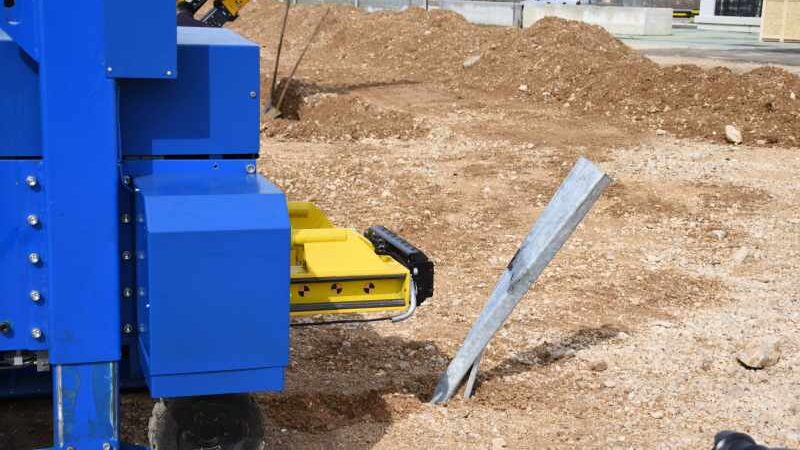
Step 1
Reference values are determined by a series of dynamic tests that are carried out on posts installed in the ground, on which previous crash tests have been made to certify the device.
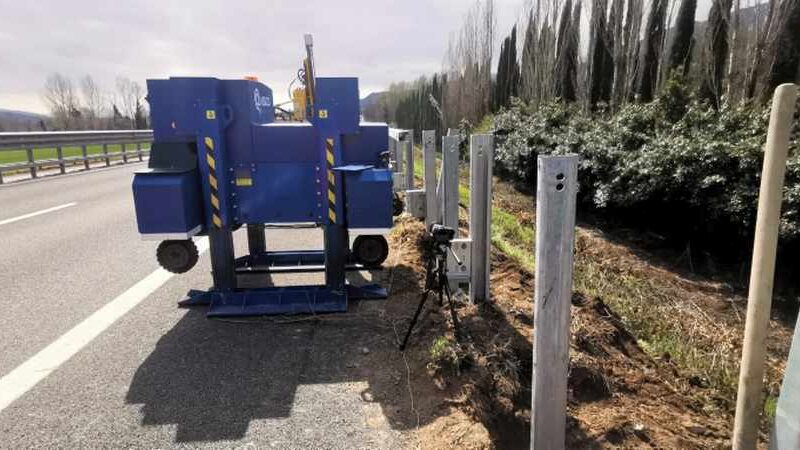
Step 2
The behavior of the post installed on-site is determined by a series of dynamic tests carried out with the same equipment and the same characteristics as the ones used in Phase 1.
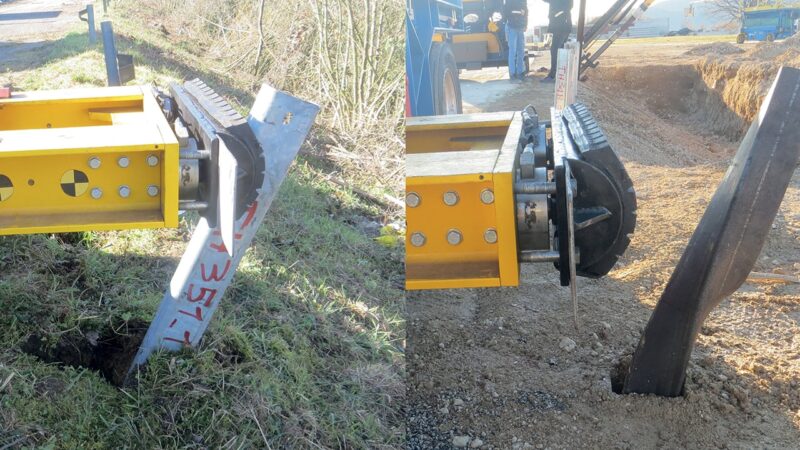
Step 3
The behavior of the posts is compared on the basis of their ability to dissipate energy, which is determined on the basis of a patented procedure developed by AISICO. If the difference between the two values is within certain percentages, it can be said that the post installed on-site can guarantee a similar behavior to that of a crash test.
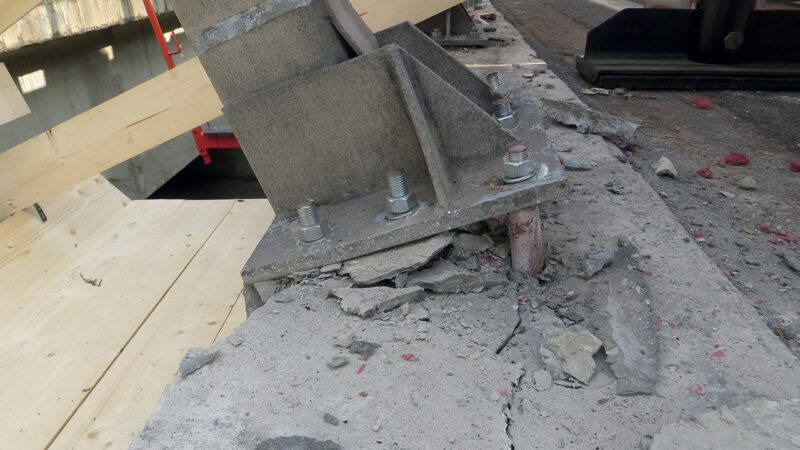
Test on curbs
T.H.O.R. may also be used to check the dynamic impact resistance of the bridge’s guardrail posts and the curb on which they are installed.


